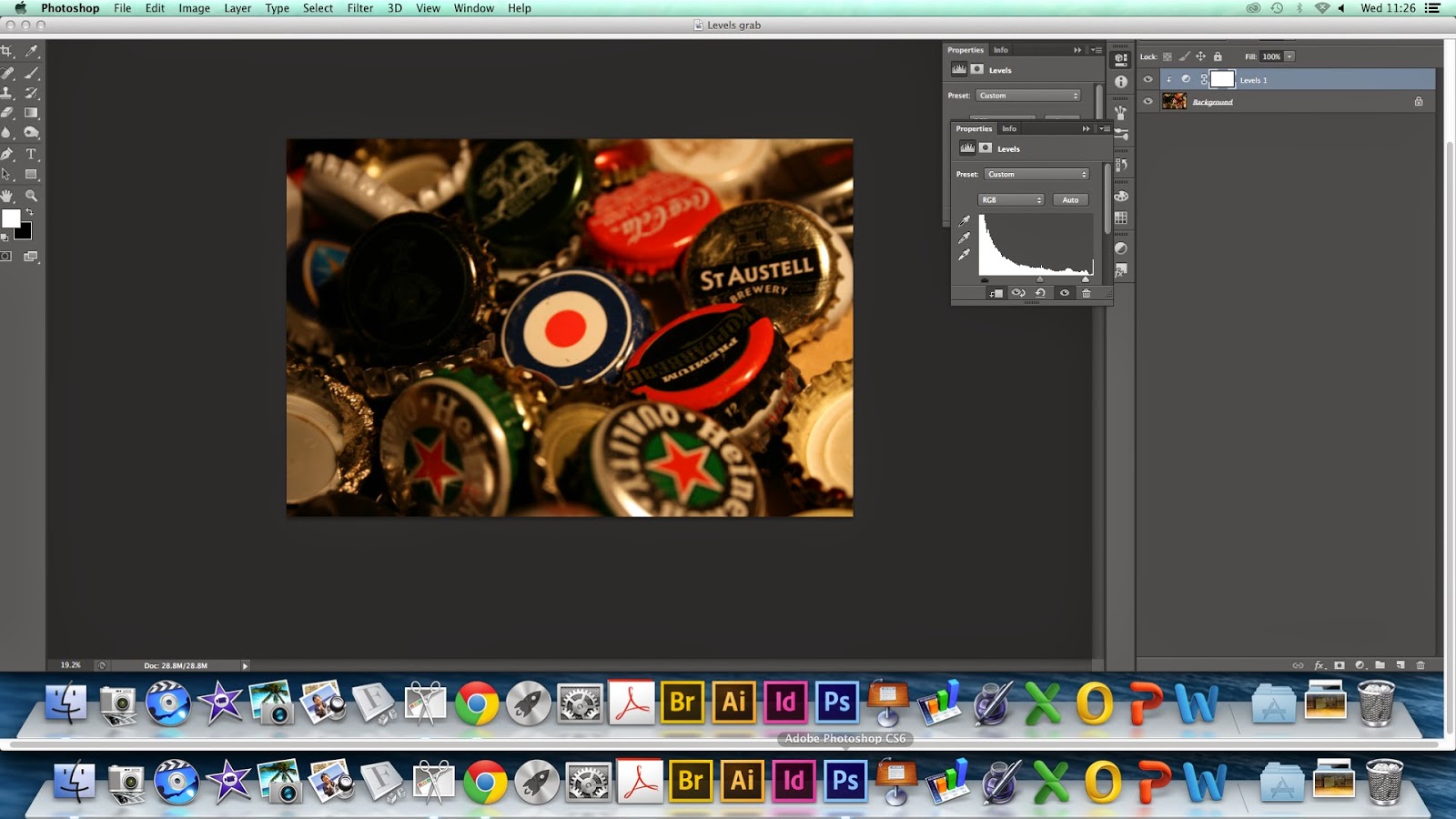Depending on what effect you want in your photograph there are different lighting setups that you can use the main two are high profile lighting and low profile lighting ill explain the criteria for both for high profile you will need
x2 lighting stands
x2 power leads
x2 flash heads
x2 sync lead or Trigger & Receiver
x2 soft box
x2 protective plastic caps
In a setup similar to this one
and for low key you will need
x1 lighting stands
x1 power leads
x1 flash heads
x1 sync lead or Trigger & Receiver
x1 snoot
x1 protective plastic caps
and a Low Key setup looks like this
Health and Safety
The ring flash shown here and the modelling lamp is made of very
fine glass that can cause painful glass splinters if broken.
• Do not touch the bulbs especially after use, as they get
very hot.
• Do not knock the bulbs when fixing light accessories to the unit, as
this will make them fragile.
• Do not put the protective plastic cap over the bulbs until they have
cooled. Leave the light accessory in place until ready.
• Do not leave lights on when not in use
While working in the studio you must keep the environment safe:
• Leads should be kept tidy and either taped to the floor or covered
with rubber mats
• Do not leave coats and bags on the floor
• Do not set your equipment up by a door way or in front of a fire exit
• Act professionally when working with expensive studio equipment





